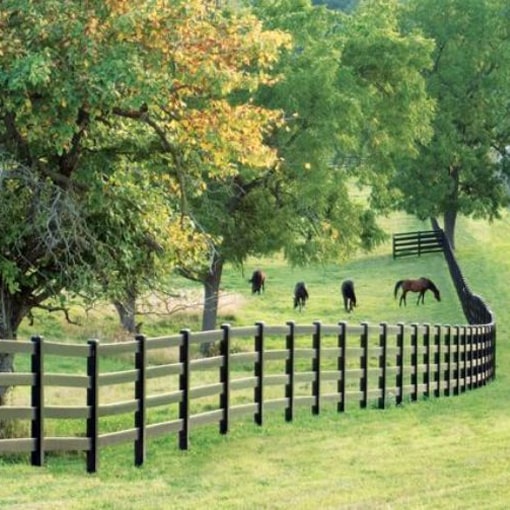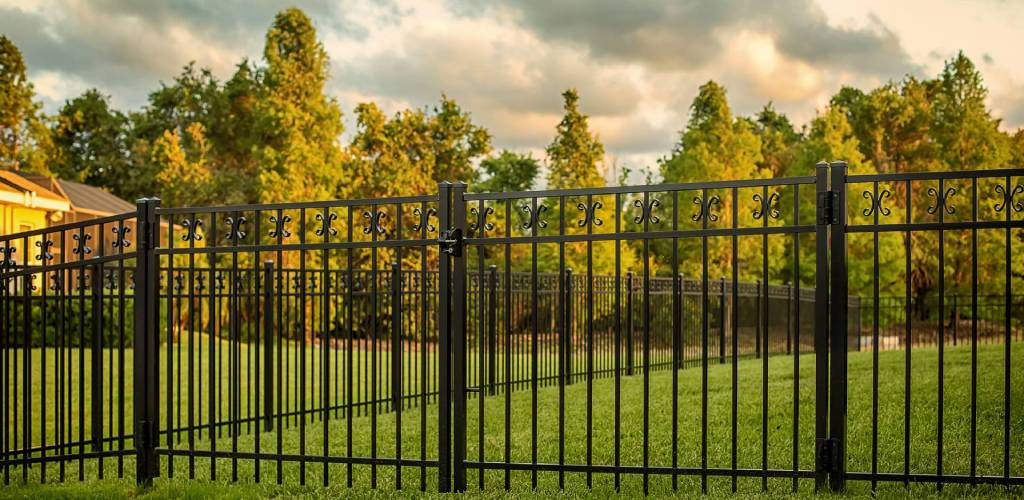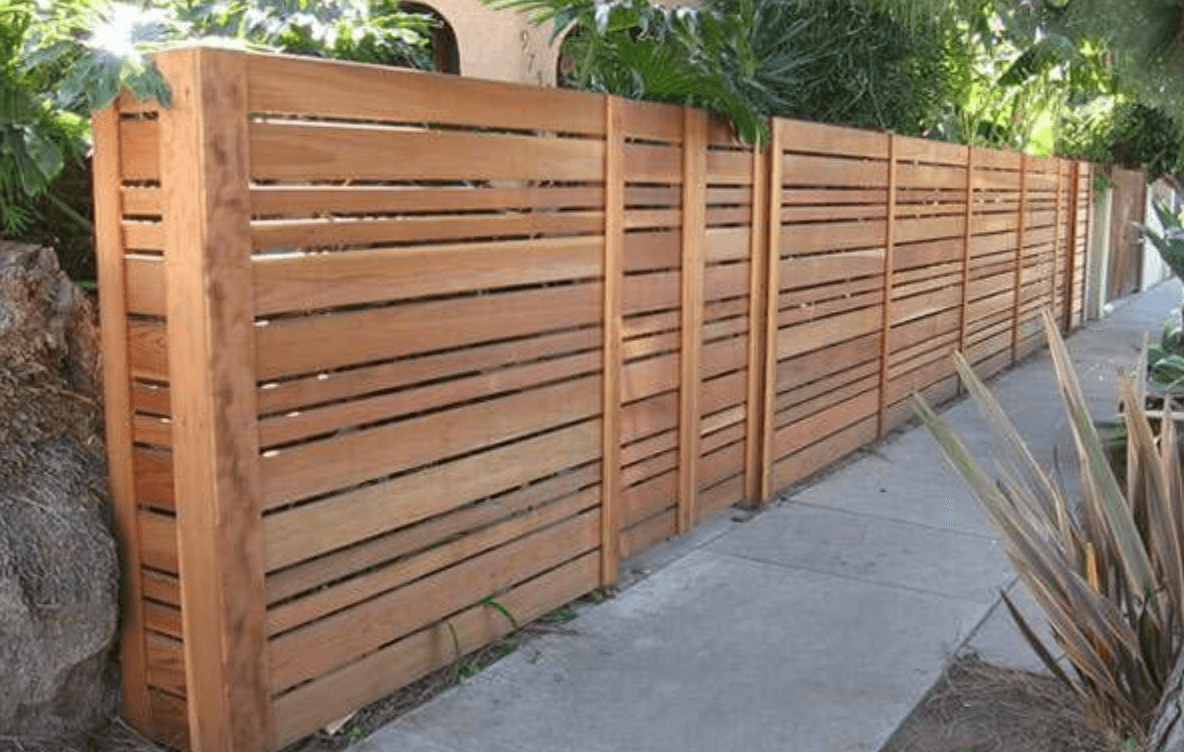All Categories
Featured

As sustainability comes to be a progressively essential factor to consider for home owners, even more people are transforming to environmentally friendly secure fencing products. Whether you're developing a fence for privacy, protection, or visual functions, choosing materials that reduce environmental impact is a wonderful means to add to a healthier world. Here's a check out the top environment-friendly fence materials available today and their advantages.
- Bamboo Fence: Fast-Growing and Eco-friendly. Bamboo is among the most sustainable secure fencing materials on the marketplace. Unlike typical wood, bamboo is extremely fast-growing, which implies it can be gathered without depleting forests. This makes it a highly sustainable source, with some types growing up to 3 feet in a solitary day.
Ecological Benefits: Bamboo absorbs a lot more co2 than many other plants, aiding to offset greenhouse gases. Its fast development rate indicates it can be harvested frequently, making it a renewable material. Resilience: Bamboo fencings are normally resistant to parasites and degeneration, specifically when correctly treated, minimizing the requirement for chemical therapies. Aesthetic Allure: Bamboo gives an one-of-a-kind, natural look that matches both modern-day and standard landscape design designs. While bamboo is a terrific option, it's important to make certain that the bamboo utilized is properly sourced to stay clear of contributing to environmental deterioration.
- Recycled Steel Fencing: Long Lasting and Multiple-use. Recycled steel secure fencing, such as light weight aluminum or steel, supplies an environmentally friendly option to traditional timber fences. These metals are often made from recycled materials, minimizing the requirement for new mining and the ecological impact associated with removing resources.

Ecological Benefits: Steels like light weight aluminum and steel are 100% recyclable, indicating they can be recycled and repurposed forever without shedding top quality. Resilience: Steel fences are extremely durable, immune to weather, insects, and put on, making them a durable option that does not require to be replaced regularly. Low Upkeep: Recycled steel fencings require minimal maintenance and do not need to be painted or secured consistently, reducing the demand for added chemicals. The main drawback is that steel fencings may not offer the very same privacy as wood or plastic options, as they can have gaps relying on the style.
- Recycled Wood Fencing: Lasting and Natural. For those who enjoy the timeless look of timber yet want an environment-friendly choice, recycled timber fence is an outstanding choice. This product is made from redeemed timber from old buildings, pallets, and even furnishings, drawing away these products from landfills.
Ecological Benefits: Making use of recycled wood protects against the need to lower new trees, assisting to preserve woodlands and minimize logging. Visual Allure: Recycled timber offers a rustic, all-natural appearance and can be tailored to suit any kind of home style. Sustainability: Since it is sourced from existing timber items, recycled wood doesn't need new handling, which minimizes energy intake and carbon exhausts. While recycled timber fences are an environment-friendly choice, they may need more upkeep in time than metal or bamboo fencings, as wood can be vulnerable to decay and parasites if not effectively dealt with.

- Living Fences: All-natural and Green. Living fencings, which are made from thick growings like bushes, trees, or bushes, use a completely natural and eco-friendly alternative to standard fence products. These fences not just supply privacy however additionally enhance your yard with stunning greenery.
Ecological Advantages: Living fencings can absorb carbon dioxide, provide habitat for wild animals, and boost air quality. Noise Decrease: Thick growings can serve as natural , minimizing website traffic sound or other undesirable sounds. Visual Allure: They include a soft, all-natural visual to any kind of residential or commercial property and can be customized to fit any layout. While living fences are green, they do require regular upkeep such as pruning, watering, and in some cases pest control.
- Hemp Fencing: Strong and eco-friendly. Hemp is an additional lasting product that has actually made its means into the fencing industry. Hemp fences are made from solid hemp fibers that are woven with each other to develop long lasting and environment-friendly panels.
Environmental Advantages: Hemp grows quickly and calls for very little water, making it a resource-efficient plant. When no longer required, the material is eco-friendly and can be composted. Stamina and Durability: Hemp secure fencing is weather-resistant and remarkably solid, making it ideal for many environments. Sustainability: Hemp farming calls for fewer chemicals and plant foods than typical crops, making it an ecologically accountable alternative. Hemp fencing might not be as commonly available as various other materials, depending on your place.
Final Thought: Lasting Options for Every Need. Selecting eco-friendly fence products is a wonderful means to decrease your environmental footprint while still attaining the privacy, safety and security, and aesthetic you want. From fast-growing bamboo to recycled timber and steel, there are a variety of sustainable alternatives that can help you develop a gorgeous, useful fencing while sustaining a healthier earth. By thinking about variables such as toughness, upkeep, and environmental influence, you can select the very best environmentally friendly fence material for your demands and lifestyle.
Latest Posts
Find Out Reduce Expenses on Car Maintenance with Montclare Auto Repair’s Special Deals
Published en
1 min read
Discover Cut Costs on Car Maintenance with Montclare Auto Repair’s Limited-Time Deals
Published en
1 min read
Discover Special Auto Repair Specials in Chicago at Montclare Auto Repair
Published en
1 min read
More
Latest Posts
Find Out Reduce Expenses on Car Maintenance with Montclare Auto Repair’s Special Deals
Published May 26, 25
1 min read
Discover Cut Costs on Car Maintenance with Montclare Auto Repair’s Limited-Time Deals
Published May 25, 25
1 min read
Discover Special Auto Repair Specials in Chicago at Montclare Auto Repair
Published May 22, 25
1 min read